From Waste to Resin: The Journey of Plastic Bottle Chips to rPET Packaging

At JB Ecotex, we have known for a decade that “Plastic is here to stay.” And we have also known what most are discovering now. The challenge is not plastic itself but how we choose to use it. Packaging has always been one of the most prominent applications of plastic, and with good reason. It is durable, lightweight, and versatile enough to protect food and beverages across supply chains. But that same strength also means it lingers in the environment when not managed responsibly.
That is where the conversation around recycled PET chips begins. They represent a shift in how the packaging industry views responsibility. Manufacturers want materials that are safe, scalable, and aligned with regulatory frameworks. Consumers want packaging that protects their food while protecting the planet. And governments worldwide are responding with rules that push for better recycling and higher use of sustainable raw materials.
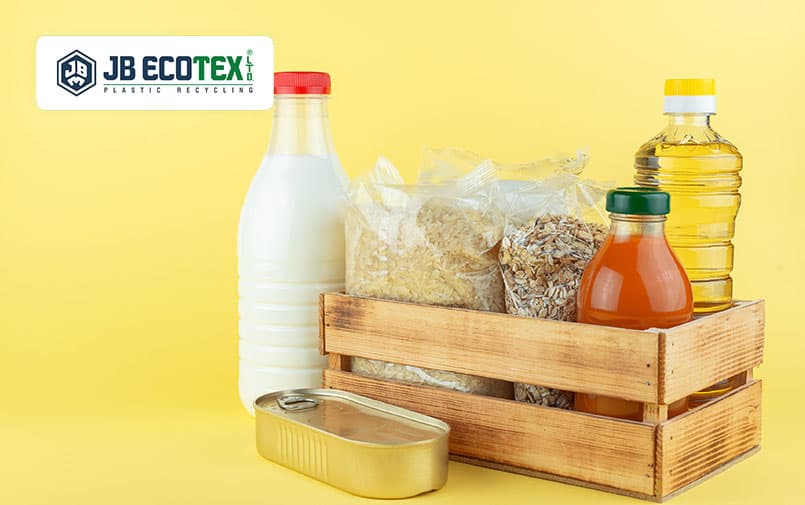
The Regulatory Push: Why Laws Around Packaging Are Changing
In India and across global markets, laws have been introduced to make packaging more circular. Extended Producer Responsibility (EPR) frameworks now require PIBOs (Producers, Importers, and Brand Owners) to ensure a defined percentage of their packaging is collected, recycled, and reused. The intent is clear: keep plastic in the economy, not in the environment.
These regulations and innovations aim to achieve
multiple goals:
- Reduce virgin
plastic dependency: Mandating recycled content helps control fossil fuel
consumption.
- Enhance consumer
safety: Food contact safe PET resin must meet global safety standards.
- Support circular economy models: Encourage materials to move in loops instead of linear disposal.
For producers, importers and brand owners, this is no longer optional. Compliance directly affects brand reputation, supply chain continuity, and long-term costs. For consumers, it means reassurance that the bottle they hold is safe and part of a larger sustainability vision.
Understanding the Basics: What Are Recycled PET Chips?
Recycled PET chips are the intermediate form of PET that has been collected, sorted, cleaned, and reprocessed into chips or granules. These chips can then be converted into rPET resin for bottles, thermoform trays, or extruded sheets.
Think of plastic bottle chips as the beginning of a second life. They are collected from used bottles, processed into recycled polyester chips, and later transformed into new packaging. This process helps manufacturers meet demand for food-grade rPET resin while addressing environmental concerns.
When converters look at sourcing, they often ask two questions: is the resin food contact safe, and does it meet clarity and performance requirements? Clear rPET resin for packaging answers both. It allows brand owners to maintain the aesthetics of transparent bottles while staying aligned with global sustainability benchmarks.
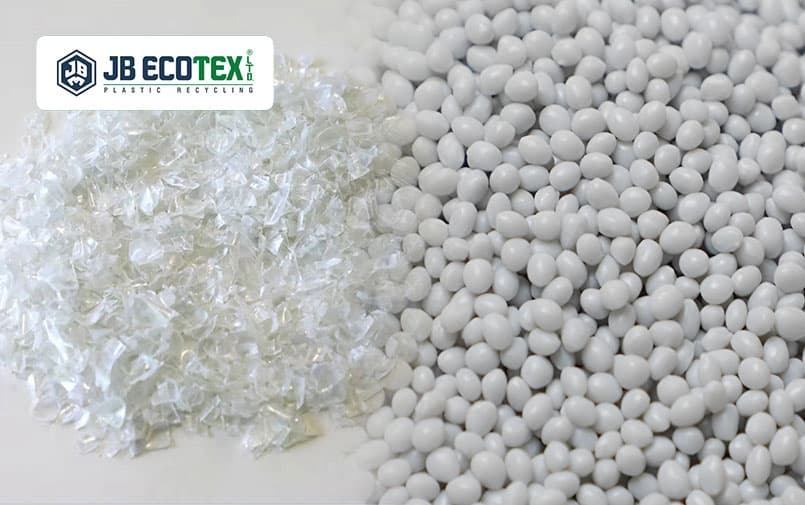
PET Flakes, PET Resins, and rPET: How They Connect
When people talk about PET recycling, three terms come up often: flakes, resin, and rPET. They may sound similar, but each plays a different role in the circular economy.
- PET flakes
are created when collected plastic bottles are shredded, hot washed, and
cleaned. These flakes are the building blocks of recycling, stripped of labels,
adhesives, and contaminants.
- PET resins
are the end form used by converters. They are solid granules or chips, designed
for direct use in packaging production lines such as bottle preforms, sheets,
and thermoforms.
- rPET simply
means “recycled PET.” Both flakes and resins can fall under rPET, depending on
their stage in the recycling journey. rPET resin for bottles is the material
that brand owners look for when meeting recycled content mandates.
By distinguishing flakes from resins, manufacturers can better plan their sourcing. Flakes are the raw intermediate; resins are the ready-to-use material. Clear rPET resin for packaging gives converters the performance and safety benchmarks they need to operate at scale.
The Manufacturing Journey: From Plastic Bottle Chips to rPET Resin
The process of turning discarded bottles into food-grade rPET resin is rigorous. It ensures that what starts as waste becomes a material fit for direct food contact. The stages include:
1. Collection and Sorting
Post-consumer bottles are collected through municipal channels,
material recovery facilities, and waste management systems. Sorting
ensures the removal of contaminants like PVC or non-PET plastics.
2. Washing and Flake Production
Bottles are shredded into
flakes. Hot-washed PET flakes are treated to remove adhesives, labels, and
residues. This step is critical in achieving purity.
3. Extrusion into Chips
The flakes are melted, filtered, and extruded into recycled polyester chips. These recycled PET chips are the core raw material that manufacturers rely on.
4. Solid-State Polycondensation (SSP)
To make food-grade rPET resin, chips undergo SSP to rebuild molecular weight, ensuring the resin performs like virgin PET in packaging applications.
5. Quality Checks
Each batch is tested to meet global food safety standards. Food
contact safe PET resin must comply with regulations like FSSAI in India,
EFSA in Europe, and US FDA guidelines.
This journey ensures that what starts as waste
re-enters the packaging value chain in a safe, consistent form.
This journey ensures that what starts as waste re-enters the packaging value chain in a safe, consistent form.
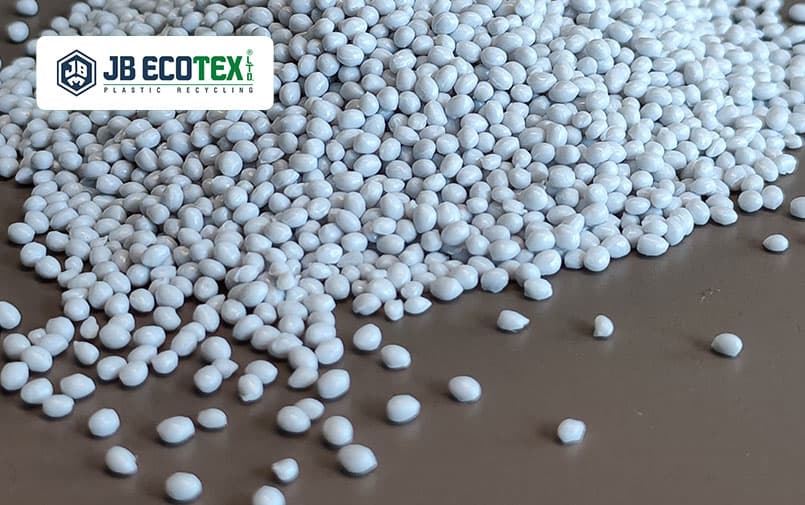
Why Manufacturers Are Turning to Recycled PET Chips
The market conversation is shifting. Five years ago, rPET was an optional narrative for brand owners. Today, it is a compliance requirement and a consumer demand. Manufacturers now look at recycled PET chips as an investment in long-term resilience.
- Regulatory
compliance: Meeting mandated recycled content percentages.
- Consumer trust:
Food-grade rPET resin reassures end users that packaging is safe.
- Supply stability:
PET chips suppliers provide an alternative to volatile virgin resin markets.
- Circularity goals: Clear rPET resin for packaging helps brands demonstrate progress toward sustainability commitments.
For converters, it is also about performance. Recycled polyester chips now provide consistency in clarity, strength, and barrier properties that align with packaging standards.
What Consumers See in Food-Grade rPET Resin
On the shelf, consumers may not notice whether a bottle is made from virgin or recycled resin. What they notice is whether it looks safe, feels sturdy, and aligns with their values. Surveys show a growing number of consumers prefer packaging with recycled content. Food contact safe PET resin makes this preference possible without compromise. Packaging built from recycled PET chips signals responsibility. It tells consumers their favourite beverage brand is part of a bigger solution. And for brands, it creates differentiation in a crowded marketplace.
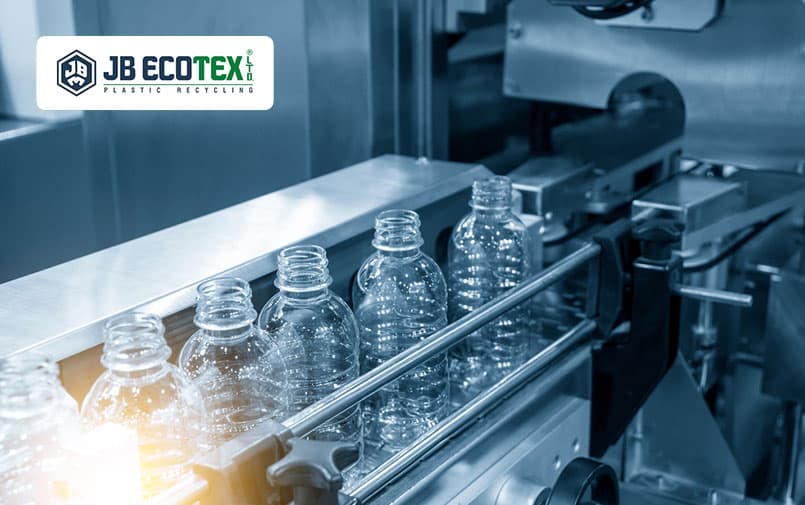
The Economics of Using rPET Resin for Bottles
cost always enters the discussion. Virgin resin prices are bound to fluctuate with crude oil markets, and this creates unpredictability. Recycled PET chips can balance some of that volatility. While setting up recycled supply chains requires investment, the long-term economics have shown to favour stability.
Moreover, governments are increasingly incentivising recycled content through tax benefits or penalties on virgin-only use. For PIBOs, the calculation now is about cost per ton as well as cost of compliance, brand value, and consumer goodwill.
The Role of PET Chips Suppliers in the Value Chain
Behind every bottle on the shelf is a complex supply chain. PET chips suppliers play a pivotal role in ensuring a steady supply and technical support. They bridge the gap between waste collection and packaging converters. Reliable suppliers of recycled PET chips also invest in infrastructure that ensures consistent quality across batches. As the packaging sector scales its demand for food-graderPET resin, partnerships with trusted PET chips suppliers become crucial.
From Plastic Bottle Chips to Resin: JB Ecotex’s Role in Packaging
At JB Ecotex, we see recycled PET chips as more than raw material. We have always seem them as the foundation of a packaging ecosystem that balances performance with responsibility. Our role is to enable converters and brand owners to integrate food-grade rPET resin seamlessly into their supply chains.
We operate with the belief that recycling is not just compliance. It is collaboration across industries. From working with collection networks to producing recycled polyester chips that meet safety benchmarks, our approach is designed to serve both PIBOs and end consumers.
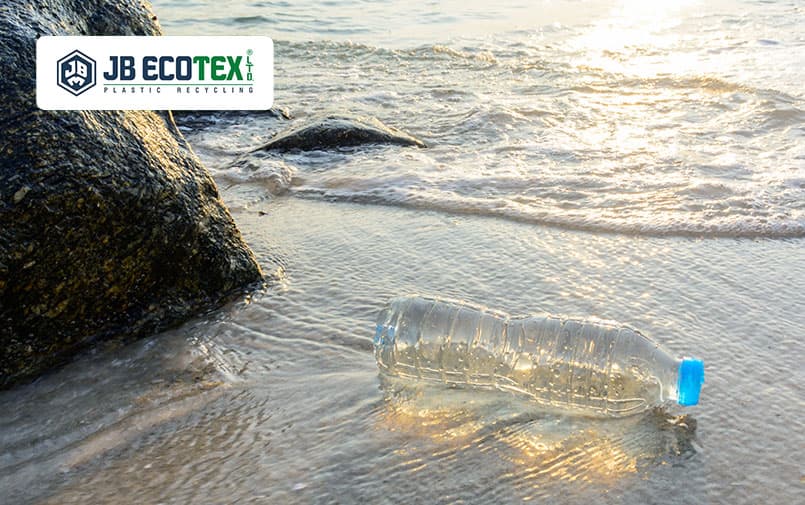
The Role of Recycled PET Chips in Tomorrow’s Packaging
When you look at a discarded bottle, you could see waste. But in reality, it is a future resin chip, ready to become packaging again. Recycled PET chips are closing the loop for the packaging industry, aligning environmental responsibility with business sense.
For PIBOs, the message is clear: regulations are accelerating, consumers are watching, and supply chains are adapting. For consumers, the reassurance is simple: food contact safe PET resin means packaging safety does not have to be sacrificed for sustainability.
At JB Ecotex, we see this journey every day. Plastic is here to stay, but as we know from our experience, pollution does not have to be. By transforming plastic bottle chips into rPET resin for bottles and packaging, we are making sure the story of plastic is written differently. A story of circularity, safety, and collaboration. Join us by making the switch now.
